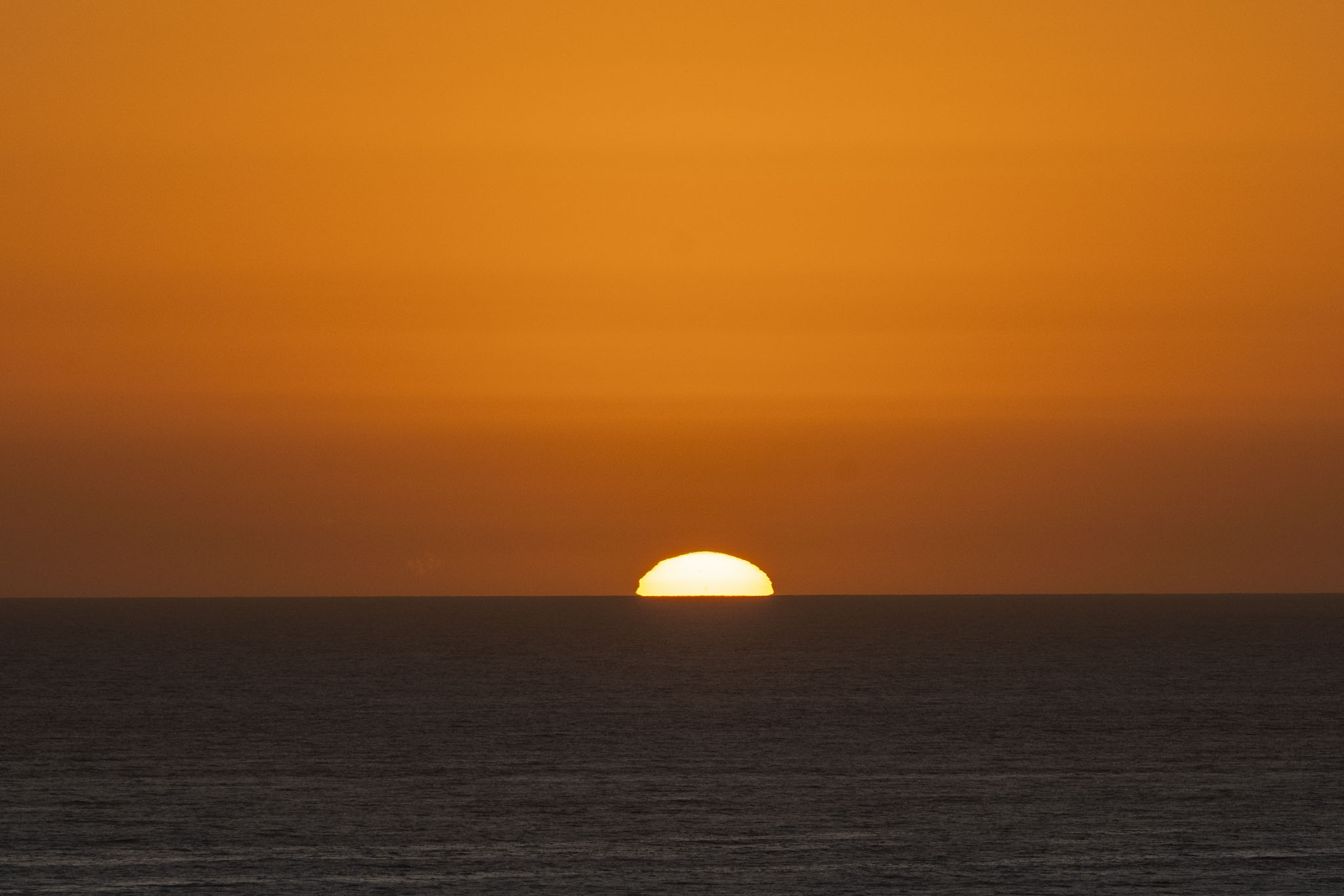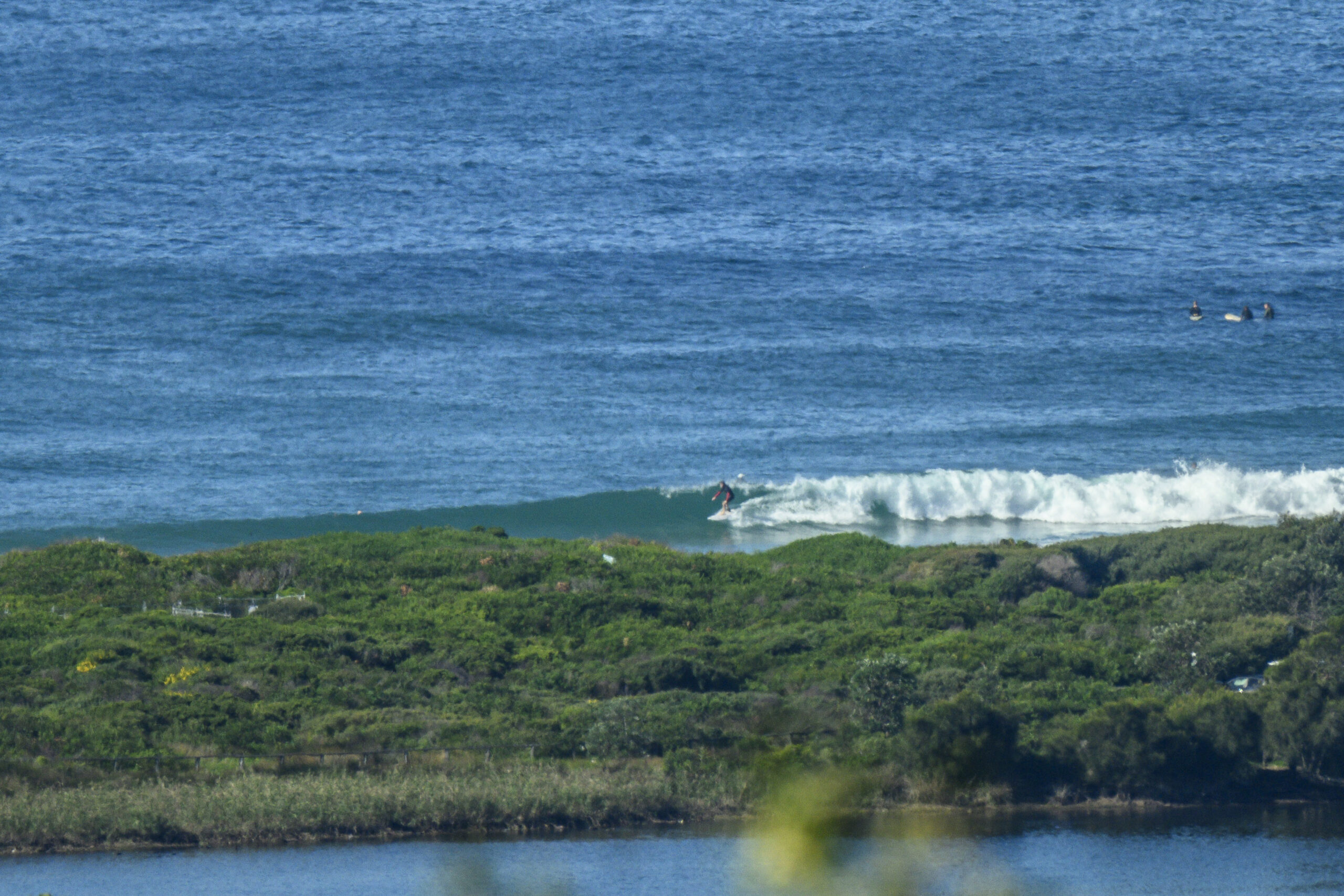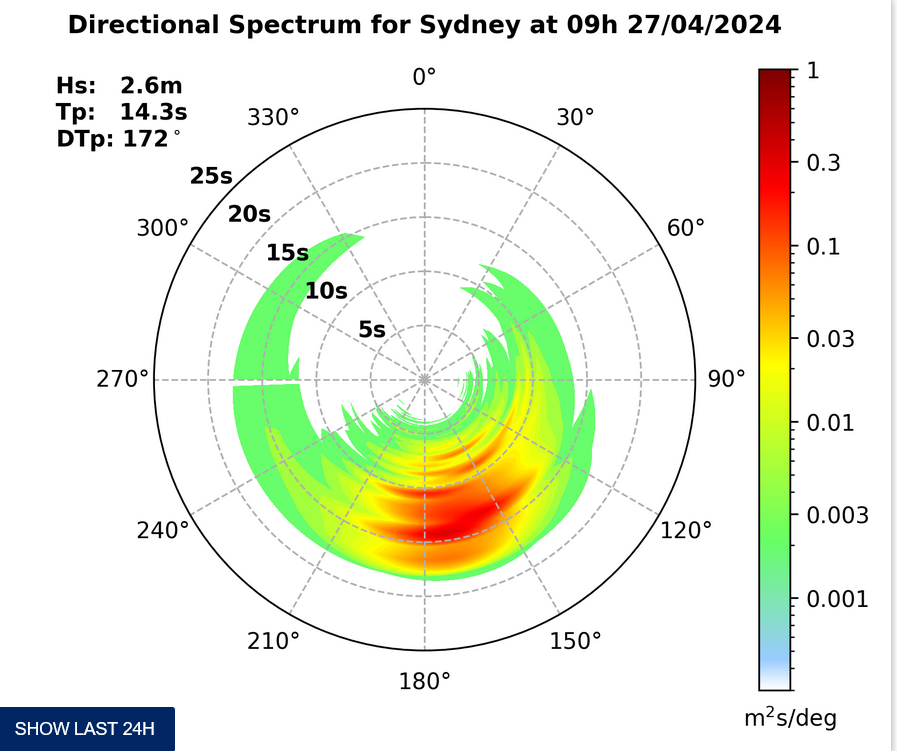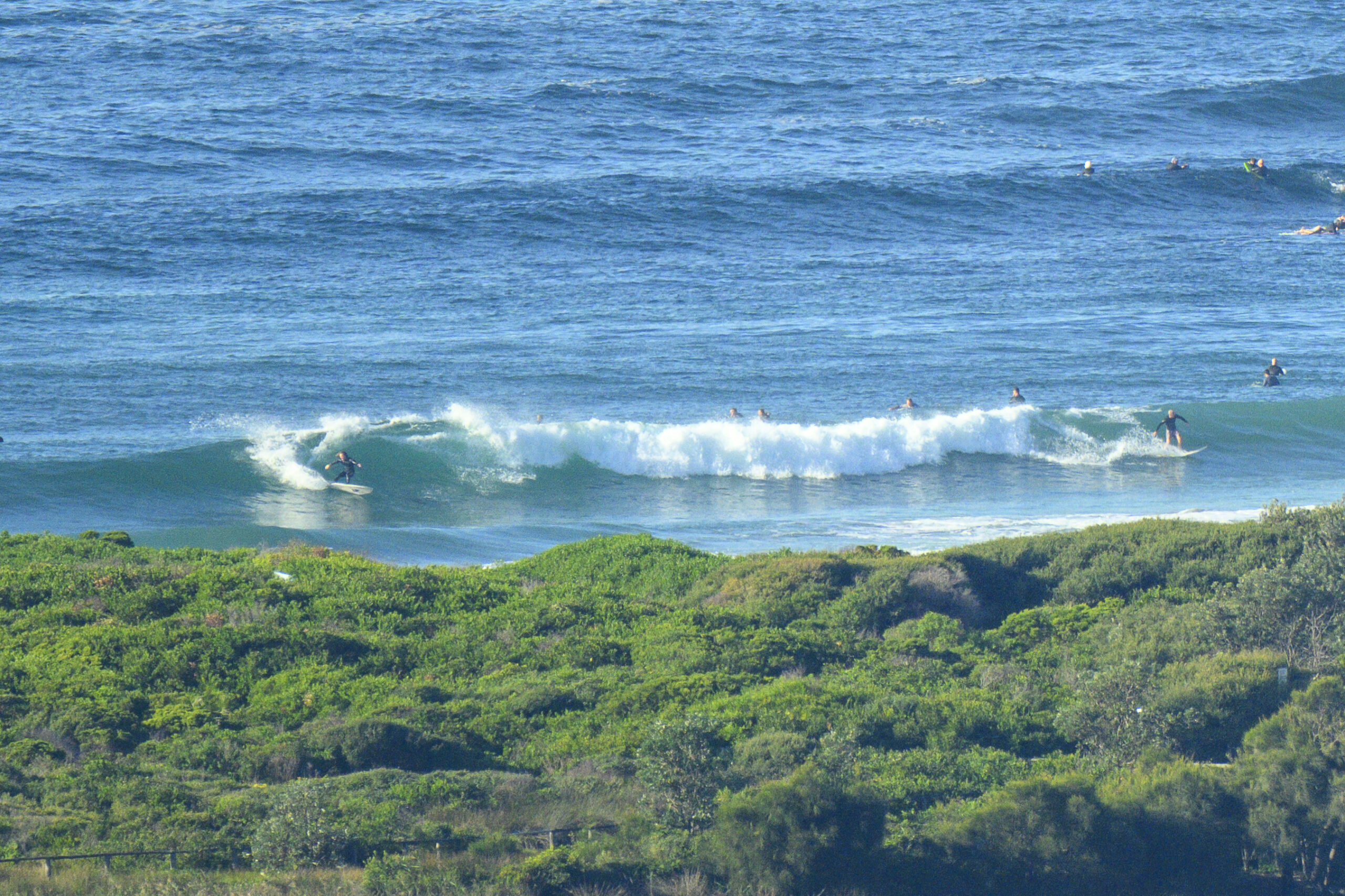Picked this item up from our forums… posting here in case you missed it. Looks very good!
Celebrating 100 Years of Surfboard Riding at Manly Beach.
1909-2009.
To celebrate the centenary of surfboard riding at Manly Beach the Manly Life Saving Club Australian Surfing Museum present an illustrated account of the early developments in surfboard riding in Australia by Geoff Cater at the Manly Life Saving Club on Sunday 19th April 2009.
Synopsis
Tommy Walker and his Hawaiian Surfboard, 1909.
In 1908, Manly surfer, Tommy Walker, purchased his first surfboard while visiting Hawaii and upon his return in 1909, began riding the board at Manly Beach. Other local surfers joined Walker and the popularity of surfboard riding saw a growing concern for the potential danger to swimmers. While some wanted an outright ban, others sought to regulate surfboard riding and in 1912 an amendment to the NSW Local Government Act provided for council beach inspectors to regulate surfboard use, depending on prevailing conditions. By the summer of 1911-1912, Walker had honed his skill to the extent that at the Freshwater Carnival in January, the Telegraph reported:
“A clever exhibition of surf board shooting was given by Mr. Walker, of the Manly Seagulls Surf Club. With his Hawaiian surf board he drew much applause for his clever feats, coming in on the breaker standing balanced on his feet or his head.”
Tommy Tanna and the Introduction of Body Surfing, 1890s.
Walker was one of the first generation of body surfers following the introduction of the ancient Polynesian art by South Sea Islander, Tommy Tanna, at South Steyne in the 1890s. Tanna inspired several local surf-bathers including Eric Moore, Arthur Lowe and the first acknowledged expert, Freddie Williams. These early enthusiasts promoted their newly acquired skills with public demonstrations at local surf carnivals and representative visits along the East Coast. In addition, by 1907 bodysurfing was actively promoted in the press as a healthy and inexpensive recreation, with articles including basic “surf-shooting” instruction and action photographs.
Duke Kahanamoku, 1914-1915.
While the number of surfboard riders steady increased and spread progressively along the East Coast, in December 1914 surfboard riding became front page news with the arrival of Olympic champion, Duke Paoa Kahanamoku. Ostensibly in Australia for a series of swimming competitions and exhibitions, Duke’s fame as a surfboard rider initiated a series of surfboard riding exhibitions, the first at Freshwater Beach on 24th December. Further demonstrations followed in the New Year at Freshwater, Manly, Dee Why, and Cronulla. Duke’s impressive performances dramatically lifted surfboard riding’s profile and, despite the outbreak of WWI, it continued to flourish. In Sydney, the world’s first surfing newspaper, The Surf, issued twenty weekly issues in the summer of 1917-1918.
The Pacific Games, Honoulu, 1939.
By the 1930s, surfboard riding was firmly entrenched and in 1939 Australian surfboard riders confidently accepted a challenge to compete against Hawaii’s best. Before the competition journalist Harry Hay, the swimming coach to Olympic Champion and Manly surfer, “Boy” Charlton, claimed “Australian’s Are ‘Tops’ in Surf Board Riding,” predating similar contentious articles such as John Witzig’s “We’re Tops Now” in 1966 and “Busting Down the Door” by Wayne “Rabbit” Batholomew in 1977. A team of twenty-two competitors and officials arrived in Hawaii in July to compete in an extensive series of events including competition with surfboards, surf boats, outrigger canoes and the surf ski, as well as a full swimming program. The representative surfboard riders were Dick Chapple (North Bondi), Keightly “Blue” Russell (Palm Beach), and Lou Morath (Manly). The Australians also received the full benefits of Hawaiian hospitality, overseen by the then Sheriff of Honolulu, Duke Kahanamoku, and upon their return to Sydney in August, the Telegraph reported, perhaps not surprisingly, “Surf Tourists Find Real Work Unpleasant.” The carnival’s success initiated plans for another in Sydney in 1940, which failed to eventuate with the outbreak of WWII.
Other Surfcraft.
While the essential focus is on surfboard riding, the development by Australian surfers of alternative wave riding craft will also be addressed. For example the surf boat, pioneered by Manly’s Sly family in 1903, the surf canoe, the surf ski by Harry McLaren in 1928 at Port Macquarie, and Dr Ernest Smithers’ surfoplane at Bronte in 1932.
Celebrating 100 Years of Surfboard Riding at Manly Beach, 1909-2009.
Geoff Cater
http://www.surfresearch.com.au/index.html
Presented by Manly Beach the Manly Life Saving Club Australian Surfing Museum.
Manly Life Saving Club, The Esplanade, Manly NSW.
2.00pm Sunday 19th April 2009.
Please direct inquiries to Geoff Cater.
02 44487490
[email protected]
Join the conversation about this on RealSurf’s forums by CLICKING HERE



